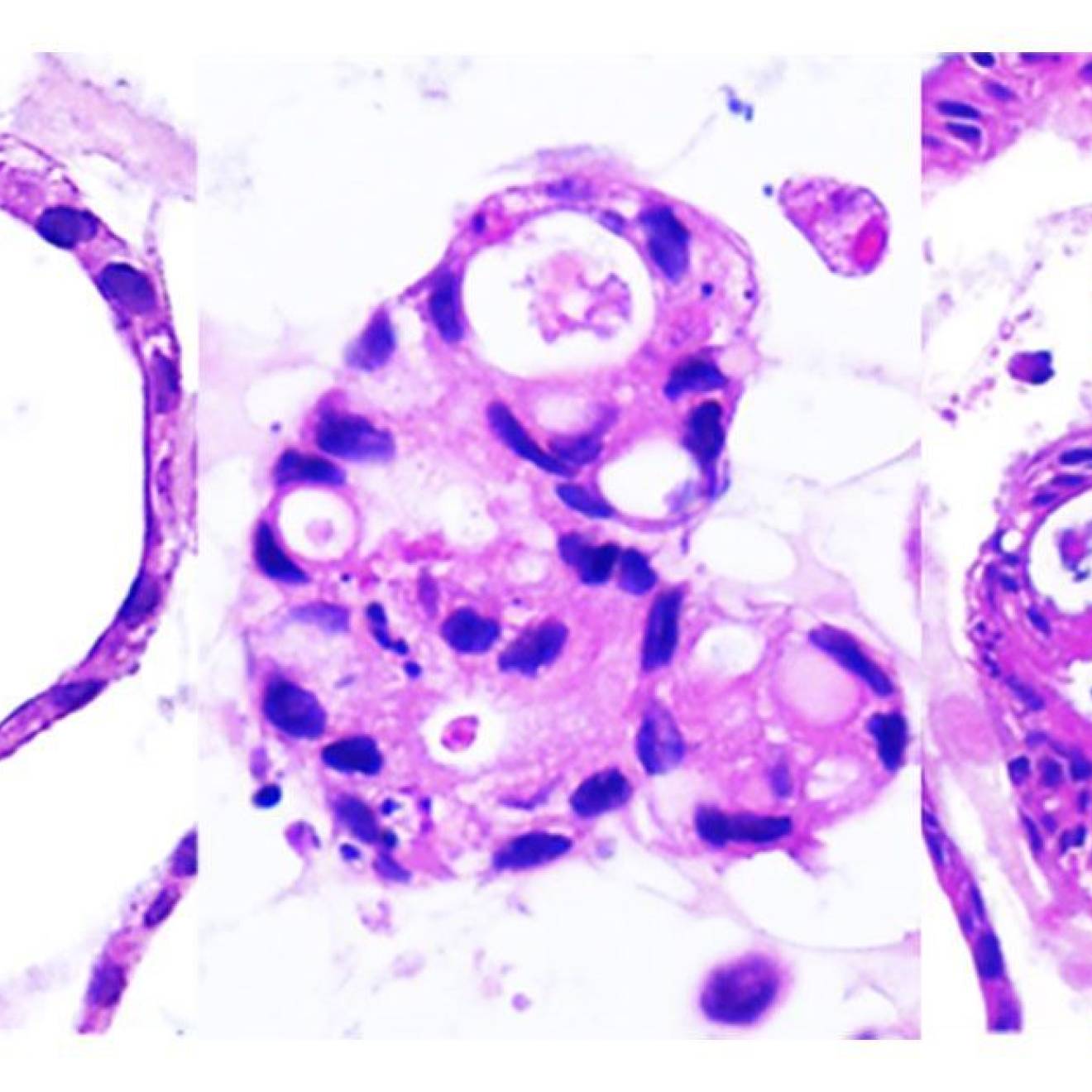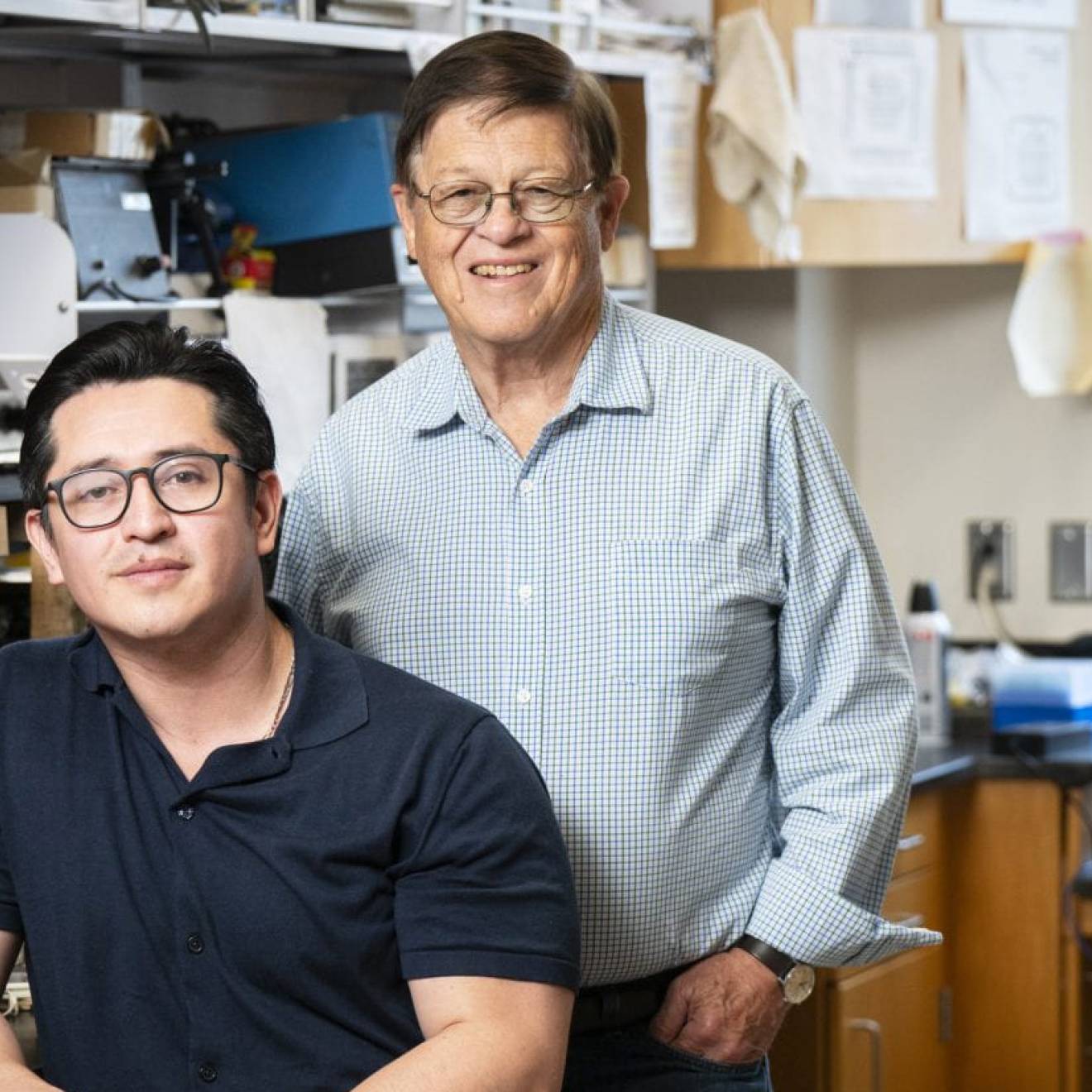Alec Rosenberg, UC Newsroom

Dr. Laura Esserman is filled with hope this Breast Cancer Awareness Month. The UC San Francisco surgeon is gearing up for a five-year study that will tap into technology to improve breast cancer screening and patient outcomes.
Esserman leads the Athena Breast Health Network, a collaboration of the five University of California medical centers and partners that will soon launch the WISDOM study. The study — Women Informed to Screen Depending on Measures of Risk — with $14.1 million from the Patient-Centered Outcomes Research Institute, will investigate whether a personalized approach to breast cancer screening is as safe and effective as annual mammograms.
Breast cancer is the most common kind of cancer among American women, except for skin cancer, and the second leading cause of cancer death in women, exceeded only by lung cancer.
But emerging knowledge offers reason for optimism. Here are five things women should know about breast cancer, according to Esserman.
1. Breast cancer isn’t one disease.
“Breast cancer is, in fact, many diseases,” Esserman said. “Some can be indolent (unlikely to cause patients harm) and some can be very aggressive. We don’t want to treat them the same. Two people might walk into my office, both age 50, have the same size tumor, but it might be appropriate to have different treatments. A patient may have a condition that doesn’t make radiation possible. You have to make sure patients understand all of their options and are comfortable with their decisions because there’s more than one choice.”
2. Not all breast cancer is life threatening.
More than 1 in 5 new cases of breast cancer diagnosed in U.S. women are ductal carcinoma in situ (DCIS or “stage zero” cancer), according to the American Cancer Society. While this often is treated aggressively, evidence suggests that may be unnecessary for some patients, Esserman said.
“Low-grade DCIS, I think, should not be called cancer at all,” she said. “These conditions can be watched and not treated as aggressively. One size does not fit all. We’ve got lots of data. It’s time to take what we’ve learned and change practice. We can continue to refine screening so low-grade DCIS doesn’t have to be a target for screening. It’s not just about finding every abnormality in the breast; it’s about finding people at high risk, finding consequential cancers and changing outcomes with interventions early on.”
3. Not everyone needs the same approach to screening.
The annual mammogram recommendation is based on 30-year-old evidence, Esserman said.
“It’s high time to have a modern trial where we try to figure out who is at risk for different types of breast cancer. That’s what the WISDOM study is all about: Set up a framework where we can learn much more quickly. We are going to test what many people still consider to be the gold standard: one mammogram a year for women 40 and over.
“We’re working with a next-generation sequencing company, Color Genomics. We’re trying to define from the genetics side what influences risk and then we’re going to test it to see if it improves screening. We’ll integrate the data on a Salesforce platform. We’re going to generate a risk for women and that will trigger when to start screening, when to stop screening and how often to screen.
“Over time we’ll learn who is at risk for breast cancer and who is at risk for different interventions. If this works, this could be a good paradigm to approach any disease.”
4. Consider participating in a clinical trial.
Improvements in clinical care depend on scientific research. Currently only 3 to 5 percent of women participate in clinical trials. The goal is to get consideration of clinical trials to be the norm rather than the exception.
Esserman encourages women to join the WISDOM study.
“We’re trying to recruit 100,000 women for the WISDOM study,” Esserman said. “We’re asking women to share their stories and their wisdom. The only way to know better is to study the alternatives. In screening, the only way to know better is to be part of the WISDOM study.
“We’re asking providers to be open. We hope at the end of this trial, we’ll have a better model for risk assessment.
“We’re asking payers and insurers to step up to the plate and implement coverage for risk-based screening, just as they currently do for annual screening. UC Health is supporting this program for all the people who get benefits from UC Care. Blue Shield has stepped up, too. We’re in conversation with a number of companies and insurers to participate as well.”
5. Precision medicine shows promise.
“The essence of precision medicine is being able to tailor treatment to biology, patient preference and clinical performance,” Esserman said.
“The WISDOM study is precision screening. We want to be smarter. We want to do it just right. It’s ‘Moneyball’ for medicine. The story of the Oakland A’s is how people discovered that statistics tell a story that can actually affect strategies and improve outcomes. Think about the data on every player that you have at your fingertips – data that can help to make better decisions. We need that same kind of data at our fingertips in medicine, so that we can keep improving the field. That’s what our partnership with Salesforce is all about: How do we take advantage of technology to make medicine better?
“This is not a study that any one institution could accomplish on its own. UC is really interested in population health, and we have the power to collect and address these big issues that matter to the public. I think that we’re going to find this is a much more efficient way to screen. It will help us figure out how best to prevent breast cancer,” Esserman said.

